Alien and invasive alien species
Across the world, many species of plants, animals and even micro-organisms have moved beyond their native range and habitat only to become established in a completely new location. Sometimes species commonly found in one part of Canada become established outside their natural range in another region of the country where they have not historically been found. Most however, come from outside Canada and were relocated as a result of human activity.
Species that have become established in areas outside their natural range are known as "alien species". Generally, alien species do not pose a significant risk and many are even beneficial. However; when alien species are capable of causing significant harm to our environment, the economy or to society, they are referred to as "invasive alien species".
| Alien species picture | Alien species name | Invasive alien species picture | Invasive alien species name |
|---|---|---|---|
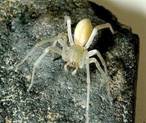 |
Black-footed spider | 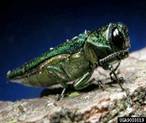 |
Emerald Ash Borer |
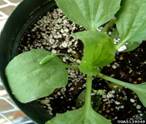 |
Common plantain | 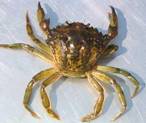 |
Green crab |
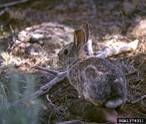 |
European hare | 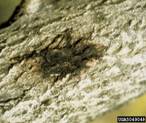 |
Butternut Canker |
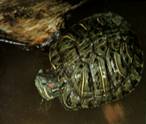 |
Red-eared slider | 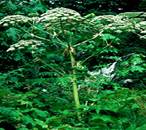 |
Giant Hogweed |
Native species
Native species are those species that are indigenous to a particular area or region. Typically, these species have evolved over thousands of years, adapting to their surroundings, and have become an important part of the local ecosystem.
Like most species, native species are constantly competing for resources. Changes to the climate, weather disturbances, fires, floods, the introduction of invasive alien species and human influences can have a significant impact on the growth or decline of a native population. Over time, some species may even be pushed out of a region or area altogether.
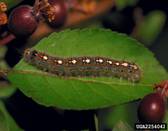
Growing or shrinking native species populations can have a big impact on local ecosystems. In some cases, these shifts can be very harmful. For example, the forest tent caterpillar (Malacosoma disstria) is a native species whose populations can sometimes grow so quickly that it will strip the leaves from large areas of hardwood forest. Even though this species often lives in balance with other species, its varying population size can cause considerable economic, environmental and social harm.
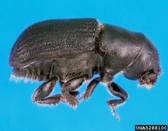
The Mountain Pine Beetle (Dendroctonus ponderosae) is another native species that can cause devastation to its environment. Adult mountain pine beetles lay their eggs on the bark of a variety of different pine trees. After the eggs hatch, the larva feed on the phloem (inside bark area) which can ultimately kill the tree. Like the tent caterpillar, major increases in the beetle larvae population can seriously harm the local tree population.
The mountain pine beetle has coexisted with the pine forests of British Columbia for centuries, and although outbreaks have occurred, they have been short-lived and regional in area. Recently however, the Mountain Pine Beetle population has exploded causing unprecedented tree mortality and problems for forest industry.
Although the scale of this epidemic has never been experienced before, the mountain pine beetle is currently only impacting forests within its historic or native range. This situation is being closely monitored however and its status will be re-evaluated should the conditions change and it moves into areas where it is considered to be invasive.